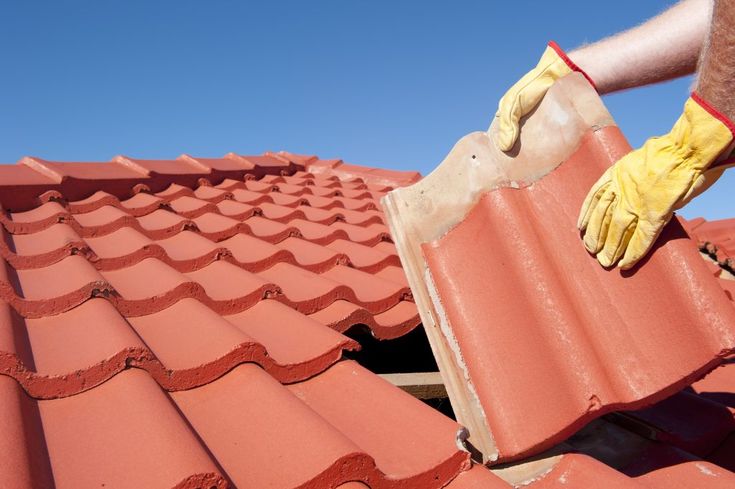
Welcome to our comprehensive guide dedicated to the often overlooked but critical aspect of home maintenance: flashing leaks. Flashing, typically made of durable materials such as aluminum, copper, or galvanized steel, serves as a vital component in your roof’s integrity by preventing water damage. Over time, however, flashing can deteriorate, leading to potential leaks. It’s imperative for homeowners to conduct regular inspections to detect any signs of flashing damage early on, thereby avoiding costly repairs and ensuring a dry and secure home environment.
explore further in our comprehensive article covering the identification and repair of flashing leaks in your roof.
Key Takeaways
The Importance of Flashing
Flashing serves as a crucial element in maintaining a home’s structural integrity, particularly by sealing off vulnerable areas where different sections of the roof intersect.
Early Detection Saves Costs
Spotting signs of flashing deterioration at an early stage can save homeowners from significant expenses associated with extensive repairs or even roof replacement.
Common Flashing Materials
While materials like aluminum, copper, and galvanized steel are popular choices for flashing due to their durability, they are not immune to degradation over time.
Professional Assistance
Seeking the expertise of professional roofers specialized in detecting and repairing flashing leaks can provide homeowners with tailored and effective solutions to their specific needs.
Preventive Measures are Key
Regular inspections and maintenance play a crucial role in preventing flashing leaks and mitigating potential damage to the roof and underlying structures.
Detecting and Assessing Flashing Leaks
Beginning Your Search
Identifying the source of flashing leaks typically involves a comprehensive inspection of common problem areas such as the attic, roof valleys, chimneys, and skylights.
Visible Signs
Visual cues such as rust, holes, or displaced shingles adjacent to the flashing often indicate areas of potential flashing damage that require immediate attention.
Common Culprits
Flashing failures can be attributed to a variety of factors, including natural wear and tear, corrosion, improper installation, or deterioration of sealants.
Understanding Roof Flashing
Forms and Functions
Roof flashing serves the critical function of sealing intersections between different roofing materials and adjoining structures, thereby safeguarding against water infiltration.
Types of Flashing Materials
The choice of flashing materials varies depending on the roof’s architecture, with options ranging from sturdy metals like aluminum and copper for sloped roofs to flexible EPDM flashing tape commonly used for flat roofs.
The Do’s and Don’ts of Flashing Leak Repairs
Preventive Measures
Regular maintenance, including inspections for loose screws, holes, or worn seals, coupled with timely repairs, can significantly prolong the lifespan of flashing components.
Repair or Replace?
In cases where flashing damage is severe or the installation is faulty, complete replacement may be necessary to ensure long-term effectiveness.
Importance of Professional Services
Relying on the expertise of professional roofers is crucial for accurately diagnosing and repairing flashing leaks, thereby providing homeowners with peace of mind and long-lasting solutions.
Conclusion
In summary, vigilant maintenance and proactive detection of flashing leaks are essential for preserving the integrity of a home’s roofing system. By conducting regular inspections, promptly addressing any signs of flashing damage, and enlisting the help of experienced professionals when needed, homeowners can effectively safeguard their property against water damage and ensure a durable and watertight roof flashing system. Remember, investing in preventive measures today can save you from costly repairs tomorrow.
